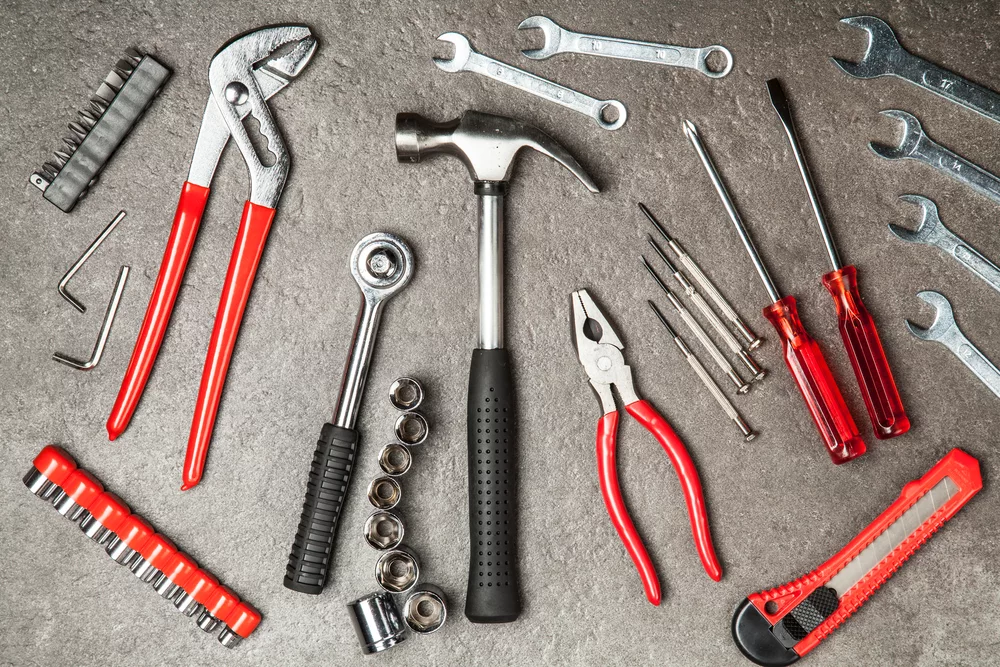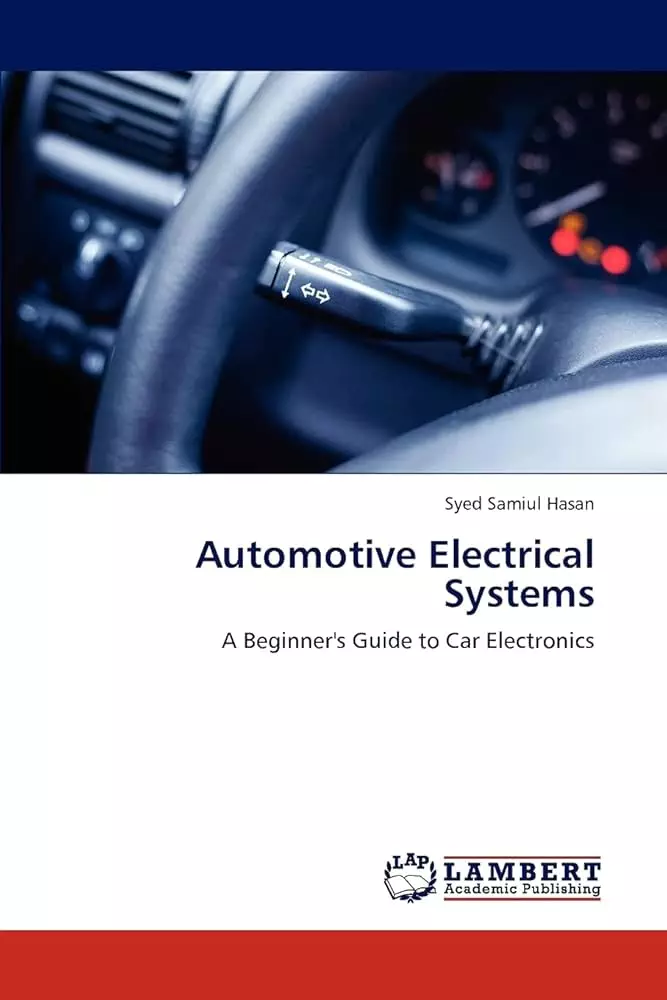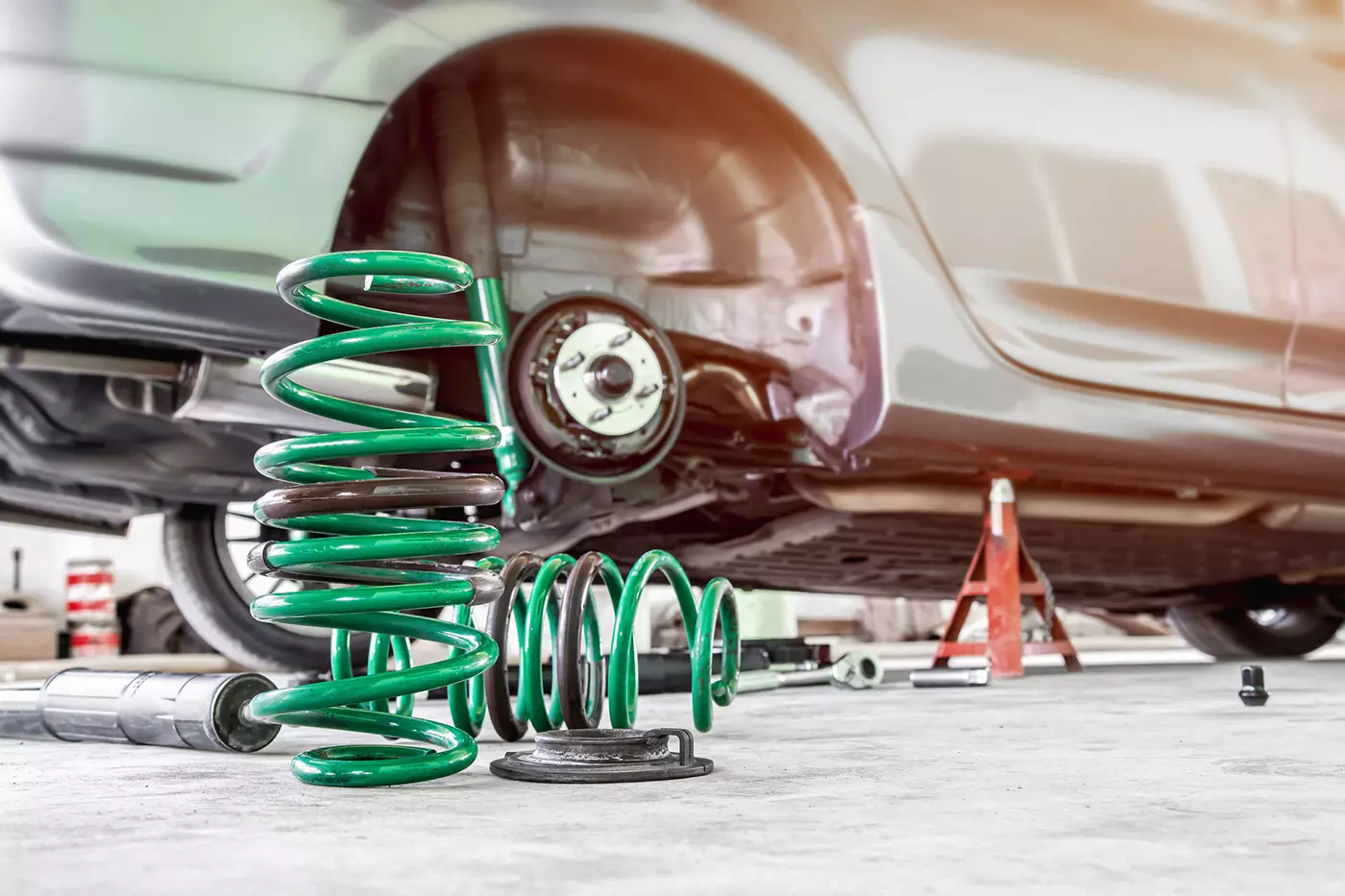
7 Tools That Every Car Owner Needs to Solve Common Problems with Your Car’s System
Owning a car can feel like navigating a maze of mechanical mysteries. You may wake up to a perfectly running vehicle, only to find common problems with your car’s transmission have appeared overnight. From erratic shifting to mysterious noises, these issues often crop up unexpectedly. But what if you had a toolkit that could help you tackle these surprises efficiently?
Consider the times when manual transmission troubleshooting has saved your day or when knowing a few transmission repair tips has come in handy. These tools not only give you confidence but also help you save time and money. Imagine swiftly handling automatic transmission problems with ease or spotting transmission fluid leaks before they escalate into bigger headaches.
Ready to turn unexpected car troubles into manageable tasks? Discover the essential tools and insights that every car owner should have. Dive in and empower yourself with knowledge and the right gear!
In the article
Identifying Common Problems with Your Car’s Transmission
Car Transmission Issues
When it comes to your car, you might hear unusual noises from time to time. These sounds can be hints of early signs of transmission problems. A buzzing, whining, or clunking noise should grab your attention. Listen carefully because these might be warnings you don’t want to ignore. It’s important to pay attention to these sounds and figure out what your car is trying to tell you.
Symptoms of Automatic Transmission Problems
Sometimes, automatic transmissions can misbehave. You might notice your car’s gears slipping during a drive. This is when your engine revs up, but the car doesn’t move as expected. It’s a sign to check your transmission right away. Don’t wait too long, as ignoring this can worsen the problem.
Another symptom is difficulty shifting. If your car struggles to change gears smoothly, there could be an issue. This problem can be frustrating, especially in traffic. Watch for warning lights on the dashboard as well. These lights can signal when something’s wrong under the hood. They might save you from more significant troubles later on.
Manual Transmission Troubleshooting
Shifting gears manually can also present problems. You might feel the clutch dragging, not fully releasing. This can make shifting harder than usual. Grinding gears is another common issue, indicating your clutch or other parts need attention. Pay attention to these signs, as they can warn you before things become too serious.
Hard shifting can occur in manual cars, causing inconvenience while driving. This needs immediate attention to avoid more significant car transmission issues down the road. Clutch slipping, where it feels like the clutch isn’t engaging, can indicate wear and tear. Learning to handle these problems early can keep your manual transmission in better shape.
Essential Tools for Transmission Repair Tips
Inspection and Diagnosis
Diagnosing transmission problems starts with the right tools. An OBD-II scanner helps you read error codes from your car’s computer. These codes provide clues about what’s wrong. Use them as a guide to find the root of the problem. The dipstick is another handy tool. It lets you check transmission fluid levels easily.
Handling Transmission Fluid Leaks
Fluid leaks can lead to major transmission issues if not addressed. To tackle this, find leak sources efficiently. Look for red or brown stains under your car. These stains signal a potential leak. If you spot them, it’s time to get under the hood. Repairing leak points effectively helps prevent further harmful transmission fluid loss. Regularly monitor fluid levels, as low levels can indicate a leak somewhere.
- Spot puddles under your car.
- Look for red or brown stains.
- Monitor fluid levels frequently.
Preventing leaks requires regular transmission maintenance to keep everything running smoothly. Make sure you check everything during routine services to avoid surprises.
Replacing Worn Out Parts
Sometimes, fixing your car means replacing worn-out parts. If parts like seals or gaskets are damaged, swap them out. This can save you from bigger repairs later. It’s crucial to use good quality parts that are compatible with your car. This ensures everything works well together and lasts longer.
Choosing the Right Tools for Common Problems with Your Car’s Transmission
Basic Tools Required
Every car owner needs basic tools for simple repairs. Having a set of screwdrivers and wrenches is essential. These tools help you tackle many common issues without needing a mechanic. They let you handle small fixes, saving both time and money.
Advanced Tools for Complex Issues
For more complex jobs, invest in advanced tools. A hydraulic jack helps lift your car safely when you need to work underneath. It’s vital for checking and repairing parts like the transmission. A torque wrench is another useful tool. It ensures you can fasten bolts with the right pressure. This precision is key to preventing damage when working on your car.
Safety and Efficiency Tools
Safety is always a priority during repairs. Always wear protective gear, like gloves and goggles, to avoid injuries. Proper lighting is also important for seeing what you’re doing clearly. It helps you work more efficiently and reduces mistakes. Maintaining a clean workspace keeps you organized and focused on fixing the problem.
Empower Your Car Maintenance
Having the right tools by your side solves many car issues before they stress you out. By being prepared, you ensure smoother trips and save money on repairs. You gain confidence knowing you can handle things like fluid leaks or other minor hiccups with ease.
Start by checking which tools you already have and note the ones you need. Visit your local auto store or shop online to fill any gaps in your toolkit. A small investment in tools now can prevent bigger headaches down the road.
Get your tools ready today. Be proactive so you stay ahead of any challenges before they happen. Your confidence and peace of mind are worth it. Happy driving!





